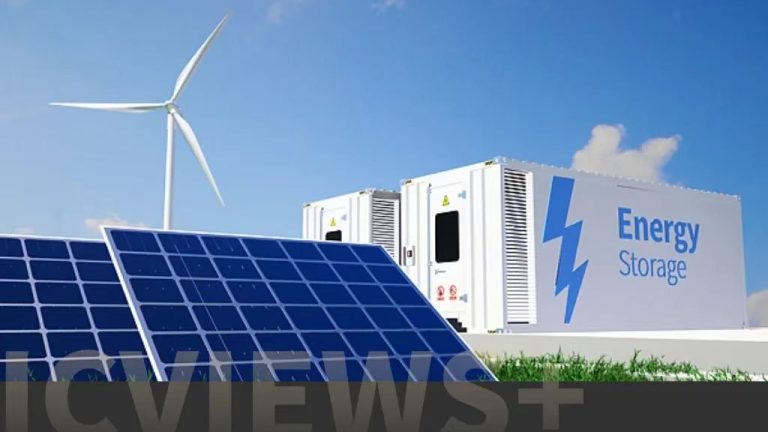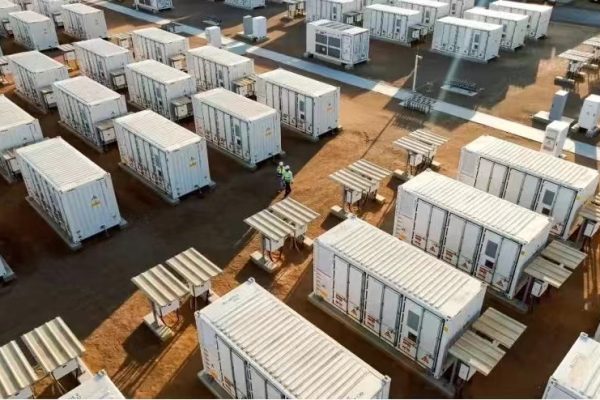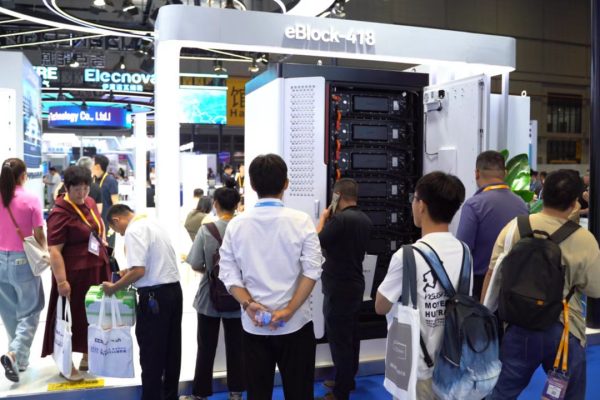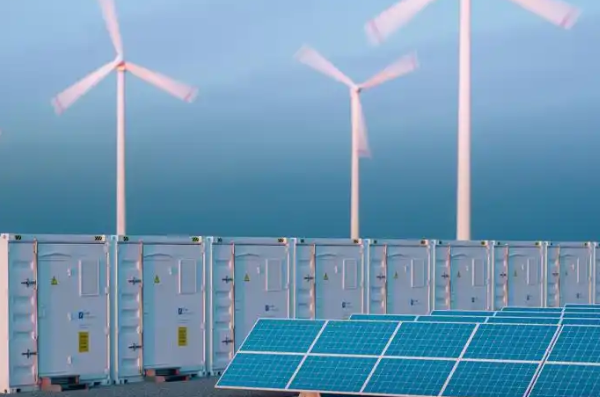Maximizing Energy Output Throughout the Year
1. Why Seasonality Matters
For small commercial and residential PV+Storage projects, seasonal changes can significantly impact energy production and storage performance.
Factors such as solar irradiance, temperature fluctuations, and seasonal load variations affect system efficiency. Understanding these variables helps maximize energy yield, reduce costs, and improve system longevity.
This article provides practical tips for seasonal performance optimization, helping integrators, system owners, and distributors deliver reliable energy solutions year-round.
2. Key Seasonal Factors Affecting PV+Storage Performance
A. Solar Irradiance
- Sunlight intensity changes with the season and latitude.
- Winter months have shorter days and lower sun angles, reducing PV output.
- Summer may provide more sunlight but can be affected by heat-related efficiency losses.
B. Temperature
- PV panels and batteries are temperature-sensitive.
- High temperatures can reduce panel efficiency and accelerate battery degradation.
- Cold temperatures may limit battery charge acceptance or inverter performance.
C. Load Variations
- Seasonal business activity or household usage patterns affect daily energy demand.
- Understanding these variations helps size storage correctly and avoid energy shortages or overloading.
D. Weather Patterns
- Seasonal rainfall, snow, or dust storms reduce solar exposure.
- Systems in tropical regions may see monsoon-related dips in generation.
3. PV System Seasonal Optimization Tips
1. Adjust Tilt Angle if Possible
- Panels at a fixed tilt may underperform in winter or summer.
- Adjustable mounts allow seasonal optimization, especially for critical commercial loads.
2. Keep Panels Clean
- Dust, pollen, and snow accumulation can reduce output by 10–25%.
- Seasonal cleaning schedules ensure maximum irradiance capture.
3. Monitor Shading
- Growing trees or seasonal foliage may cast shadows.
- Trim vegetation periodically to maintain optimal panel exposure.
4. Battery Storage Seasonal Management
A. Temperature Control
- Install batteries in temperature-controlled enclosures when possible.
- For outdoor installations, use insulated boxes or heating pads in cold climates.
- Avoid extreme heat exposure that can accelerate lithium-ion degradation.
B. Charge Management
- In winter, reduced solar input may limit battery charge.
- Adjust charge/discharge strategies to maintain minimum state-of-charge (SoC) and prevent deep discharge.
C. Regular Health Checks
- Seasonal inspections help identify voltage drops or cell imbalance.
- Maintaining proper battery equalization and monitoring ensures long-term reliability.
5. Inverter and EMS Seasonal Considerations
1. Temperature derating
- Inverters may reduce output at high temperatures.
- Ensure ventilation and airflow in summer months to maintain efficiency.
2. Firmware Updates
- Some systems include seasonal optimization modes.
- Check for software updates that improve energy dispatch, peak shaving, or load management.
3. EMS Programming
- For integrated PV+Storage, the Energy Management System (EMS) can optimize seasonal performance:
- Prioritize critical loads during low-sun periods.
- Charge batteries during off-peak hours if grid-tied.
- Avoid overcharging in summer when generation exceeds consumption.
6. Seasonal Load Management Tips
A. Shift Flexible Loads
- Schedule laundry, HVAC, or water heating to align with peak solar production.
- Reduces reliance on grid power or deep battery discharge.
B. Seasonal Energy Audits
- Review energy consumption trends quarterly.
- Adjust storage or inverter settings to match changing demand patterns.
C. Plan for Winter Backup
- In regions with long, cloudy winters, consider supplemental energy sources or slightly oversized battery capacity.
7. Case Study: Seasonal Optimization in a Small Commercial Project
Scenario: A 10 kW PV system with a 20 kWh battery supports a small retail store in a temperate region.
- Winter: Reduced sunlight, colder temperatures. Strategy: preheat battery enclosures, prioritize lighting and POS systems, limit AC use.
- Spring/Fall: Mild temperatures, moderate sunlight. Strategy: normal operation, monitor energy usage patterns.
- Summer: High temperatures, long sunny days. Strategy: ensure inverter ventilation, use EMS to avoid battery overcharge, shift HVAC loads to midday solar peak.
Result: System maintained 95%+ reliability year-round, extended battery life, and maximized solar self-consumption.
8. Seasonal Maintenance Checklist
- Panels: Clean, inspect for cracks, check wiring.
- Batteries: Inspect connections, check SoC, adjust temperature control if needed.
- Inverters/EMS: Firmware updates, check for error codes, verify setpoints.
- Cabling & Safety: Inspect for wear, UV damage, or rodent interference.
Regular seasonal maintenance prevents performance degradation and avoids costly downtime.
Seasonal changes are inevitable, but proactive strategies allow PV+Storage systems to perform efficiently year-round.
By focusing on solar optimization, battery management, inverter settings, and load planning, system integrators and owners can:
- Maximize energy self-consumption.
- Minimize grid dependency.
- Extend the lifespan of batteries and inverters.
- Ensure reliability for critical loads across all seasons.
Seasonal awareness is not optional—it’s a key part of long-term PV+Storage project success.









